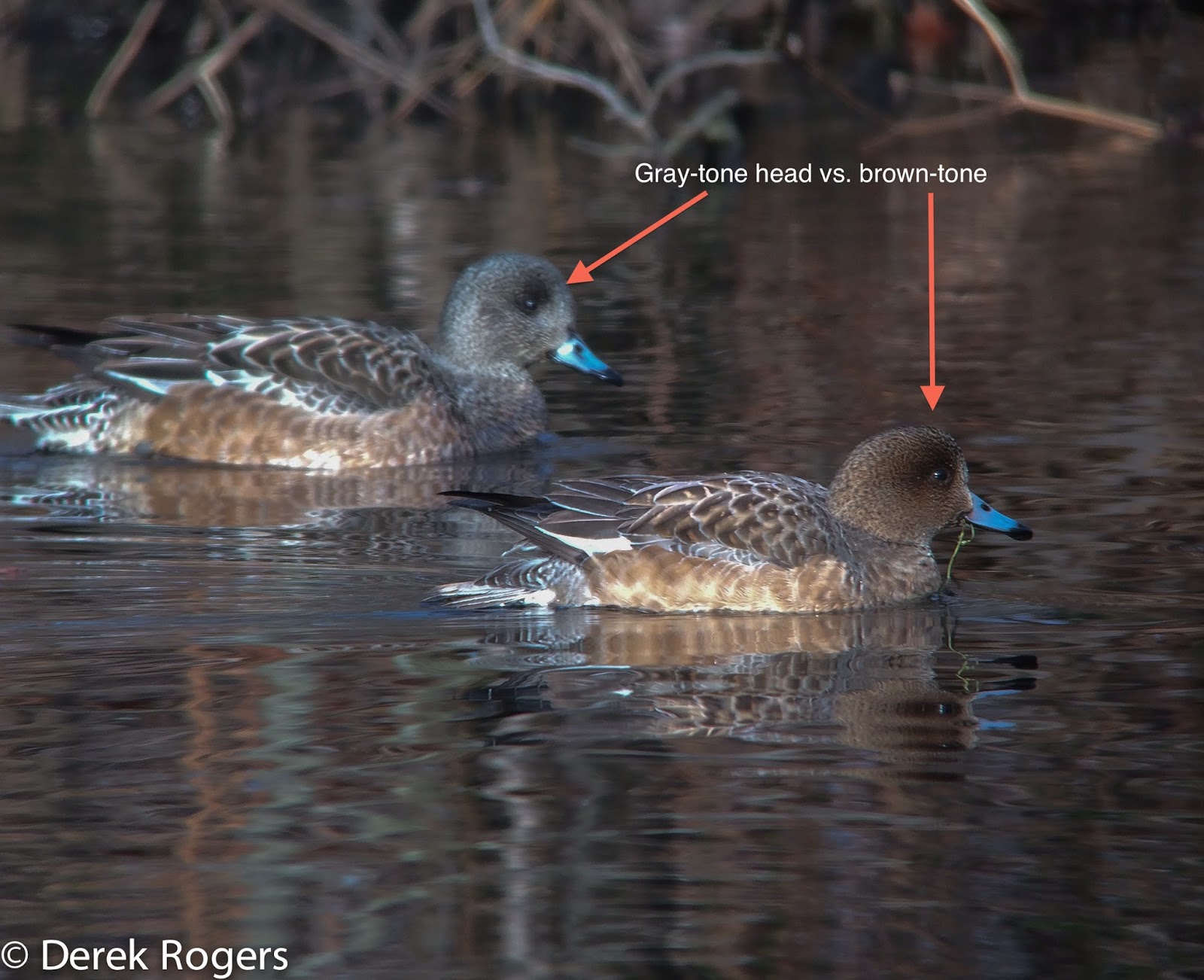New York Storm-Petrel Madness

It was bit of a bumpy ride out to "The Tails" (north end of Block Canyon) on the night of July 31st. The seas were a bit unsettled but the offshore forecast for the following day, 8/1, was of favorable conditions with light wind. It was roughly 3:00 AM when Captain John Shemilt, Angus Wilson and I arrived along the western edge of The Tails. It was a moonless night and we spent the leading hour slowly navigating our way through the pitch black, playing close attention to the radar and watching for lobster pots. The moonless night added to an incredibly enhanced sky with stars brilliantly twinkling in every which direction. The pre-dawn sun light eventually began to make an appearance on the horizon but not before we situated our trawling rigs and communicated our morning strategy. The plan was to lay down a chum slick composed of menhaden oil and cubed suet, trawl around the canyon for game fish and routinely circle back to check on the slick. Sea conditions were perfect,...

